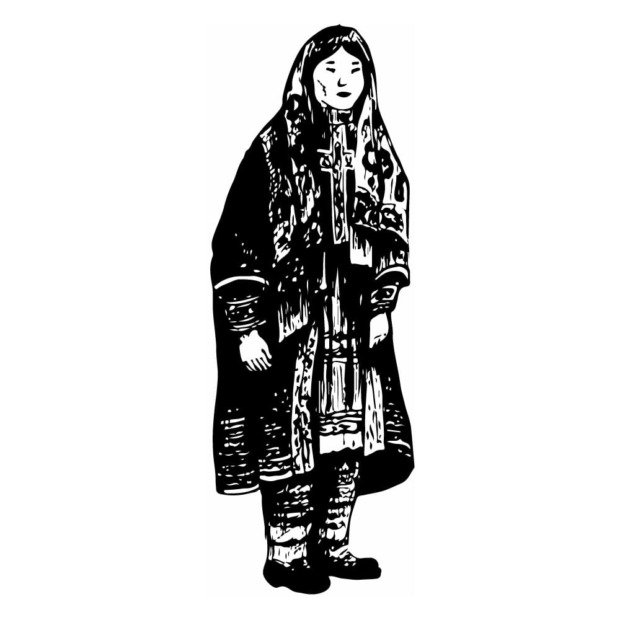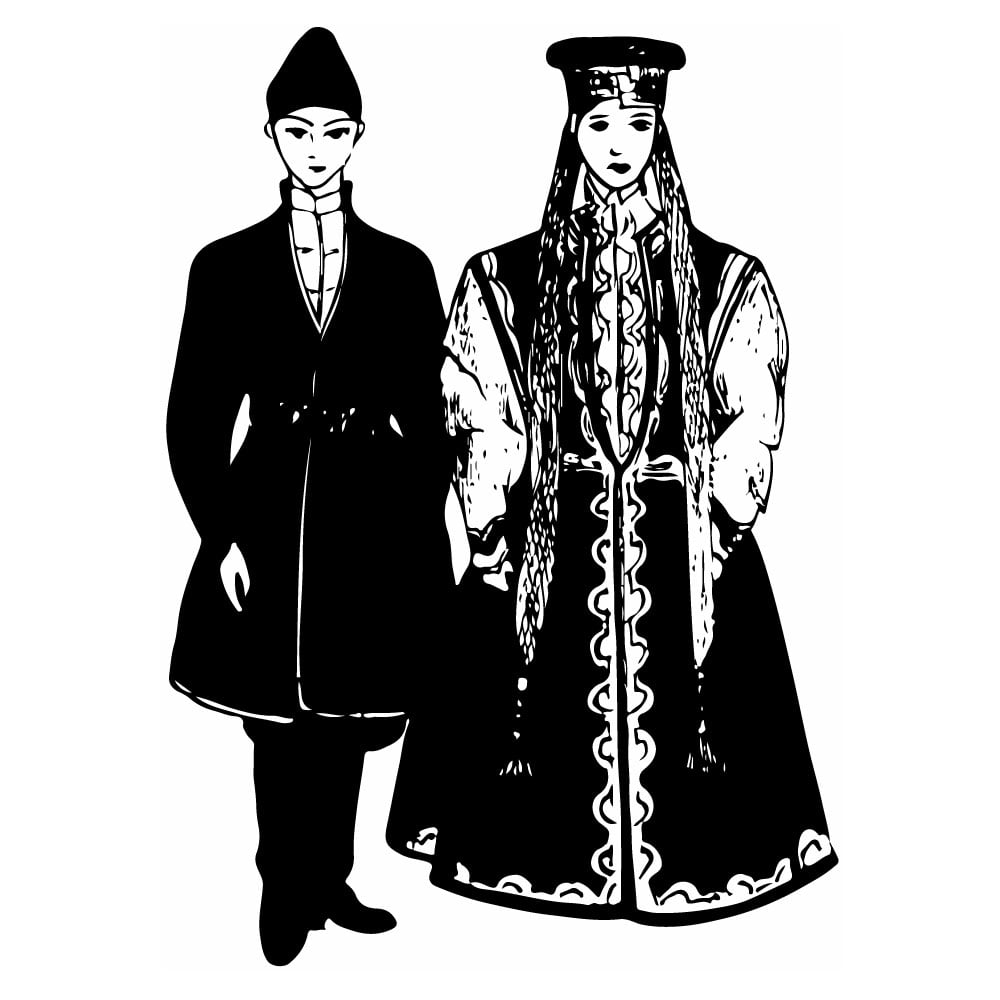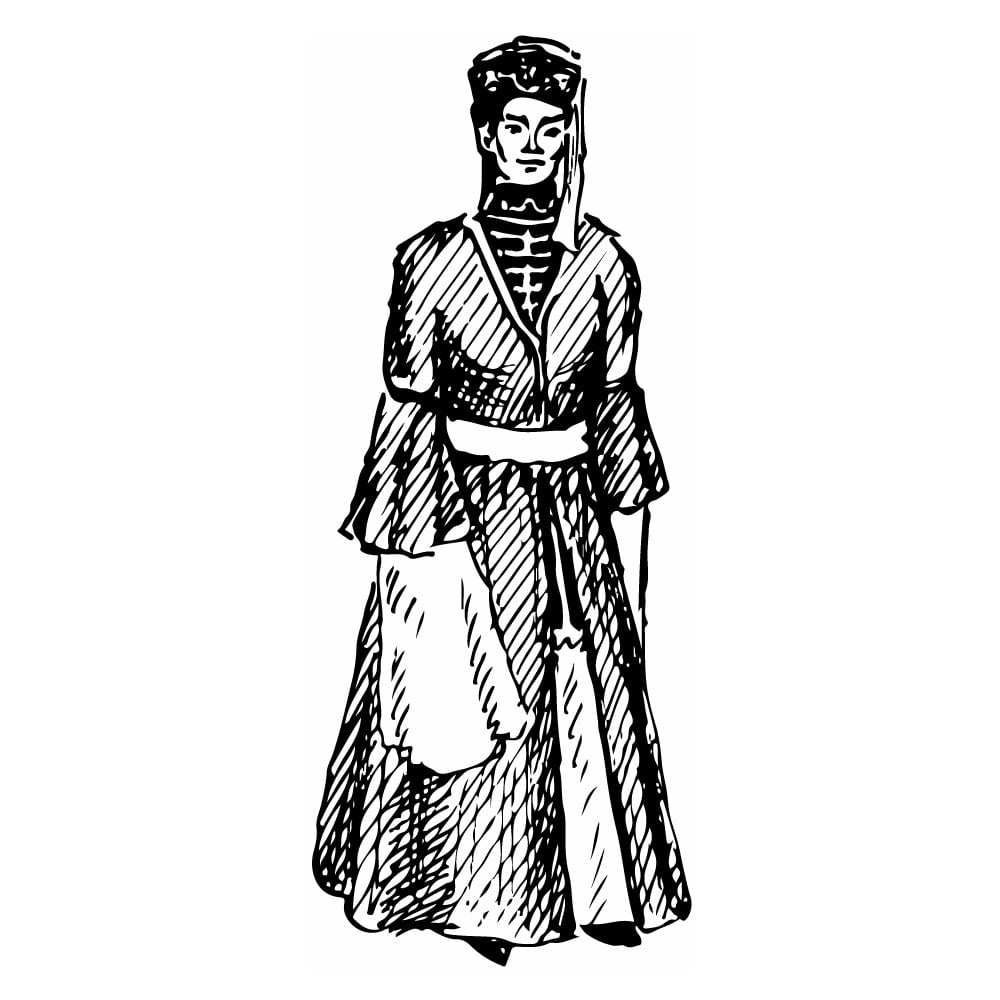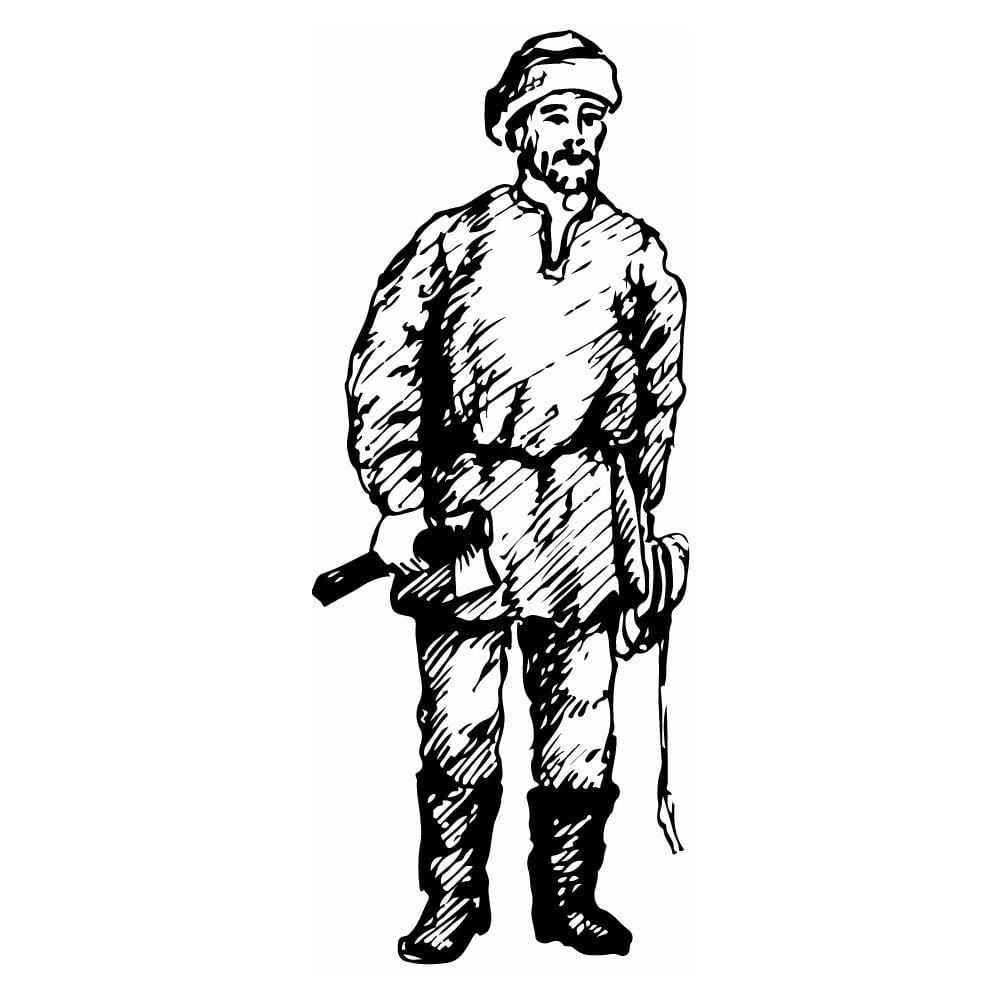Mansi
| Population | 8,500 |
| Language group | Ob-Ugrian, Finno-Ugrian |
| Language | Mansi |
| Region | Khant-Mansi National Area of Tiumen Region |
| Religion | Christianity, Totemism |
*Population estimates for 1994
Together with the Khant the Mansi have a common name “the Ob Ugr.” The Mansi had been known before as “Vogul” but some of the Mansi groups were also called the “Ostyak.” The first written records about the Vogul were dated to the fourteenth to fifteenth centuries where they were called “Vogulichi” or “Gogulichi.”
Now the Mansi live in close neighborhood with the Russians. The history of the Mansi people has been studied, although poorly. In general, it is closely interwoven with the history of the Khant. By the beginning of the second millennium BC the forest regions near the Ob river were inhabited by north Uraltsi, settled hunters and fishermen. By the middle of the first millennium AD considerable groups of Stepnyak Ugr people began to migrate from the Irtysh river regions to the north. It resulted in the appearance of a new culture in the lower Ob regions and it had become the basis of the modern Mansi culture. In the eleventh century the Mansi had their first contacts with the Russians who laid the local population under “yasak” (tribute), ousted them from the arable lands, seized the best fishing places.
The main occupation depended on the local conditions but preferably it was fishery, hunting, or reindeer-breeding. Reindeer-breeding is scarcely developed in the upper reaches of the river, only in the places suiteable for pastures. Mansi used reindeer as a means of transportation and their number was not large.
The Mansi clothes were the exact copy of the Khant clothes both for winter wear and for summer wear. It was not common to cut hair in the old days. Men wore their hair parted in the middle, tied it into two knots twining it with a red or other colored lace. Women wore their hair in two plaits decorated by copper pendants. Both men and women plaited lace into their hair and decorated the back of the head with a piece of cloth or skin.
Religious beliefs of the Mansi, just like those of the Khant, were totemistic in their nature. The Mansi worshipped fauna and flora, considering their specimen as “blood relatives.”
Though they had been formally christened, Mansi retained their pre-Christian beliefs.
At present the living conditions of the Mansi have radically changed. The Mansi live in the houses with modern amenities. They have free access to medicine and education. They have retained their traditional occupations, e.g., hunting, fishery, reindeer-breeding and by-work such as berry and cedar nuts picking. Farming and cattle breeding are also being developed.
There have been changes in the national clothes as well. By their design they are similar to those of the urban population but the Mansi have also retained their old clothes: malitsa, sovik, and fur footwear.
This is Ad 1





























